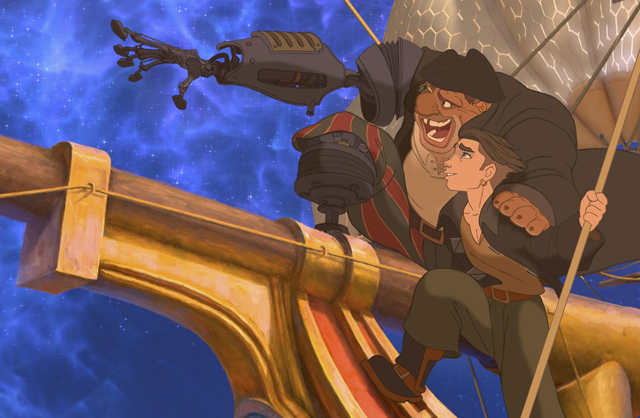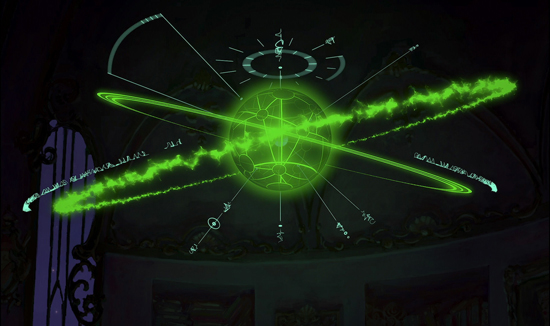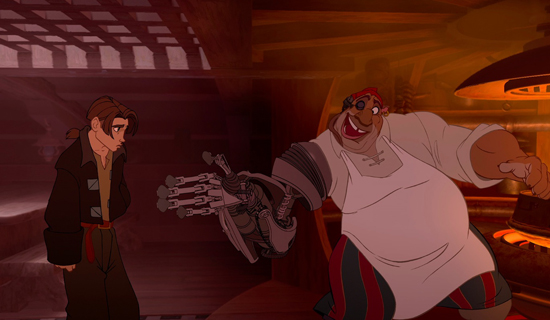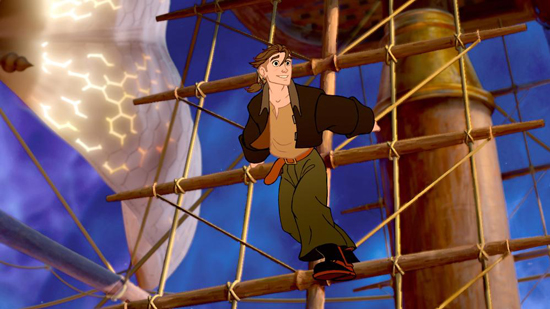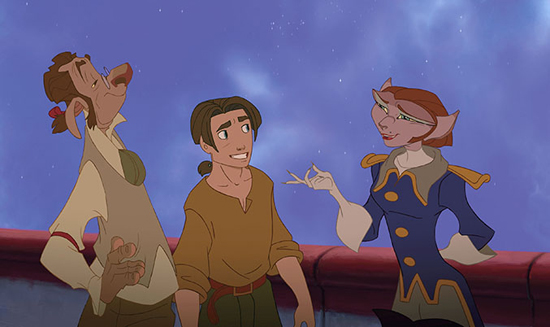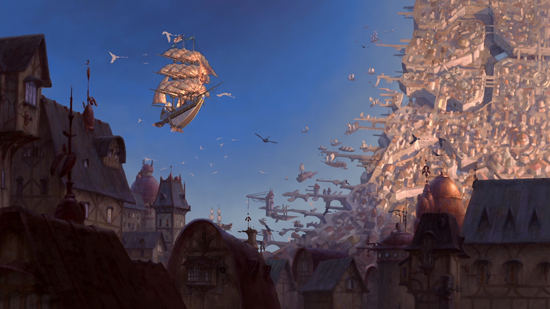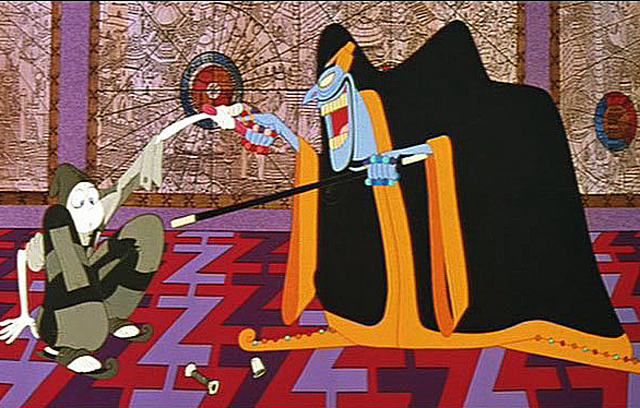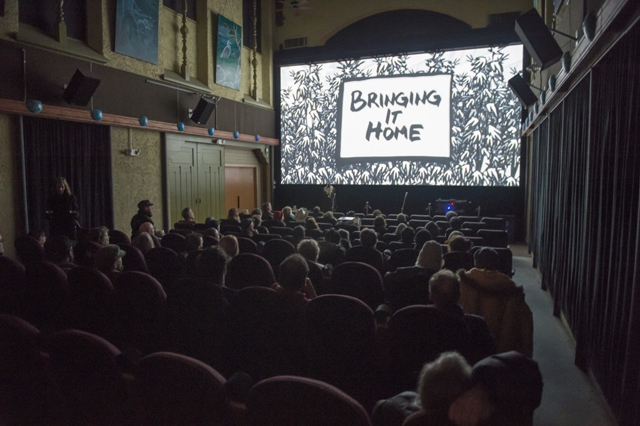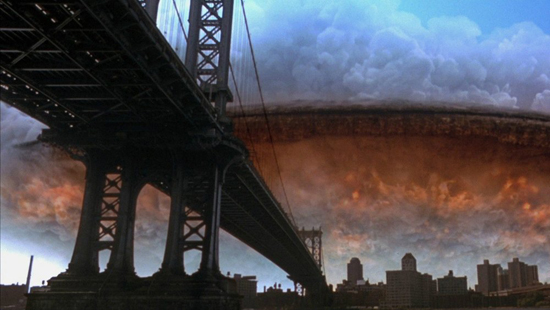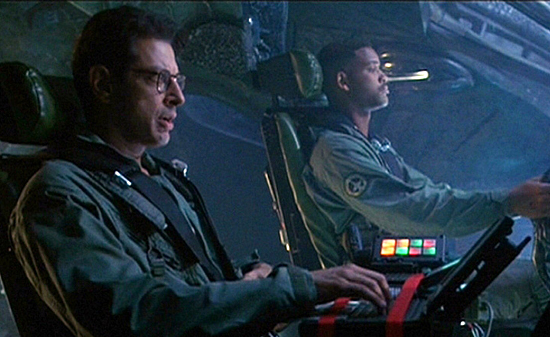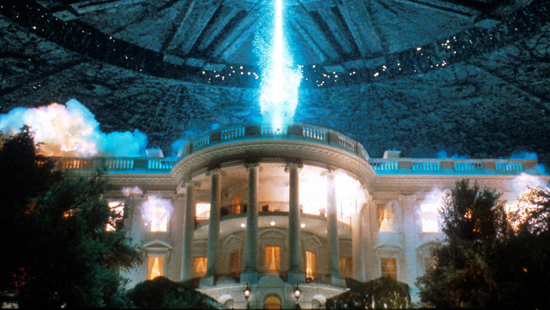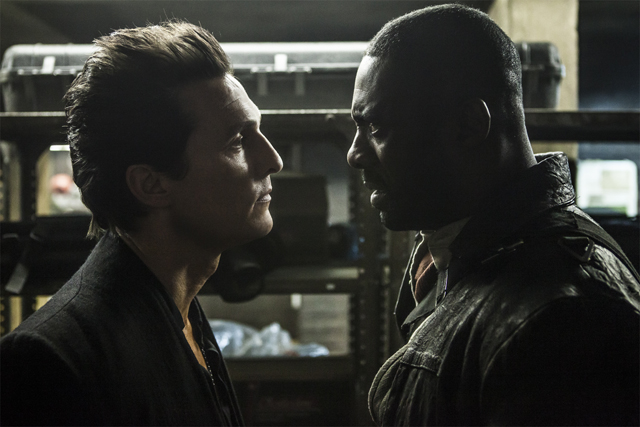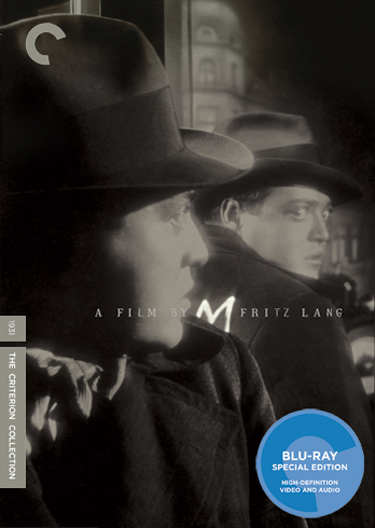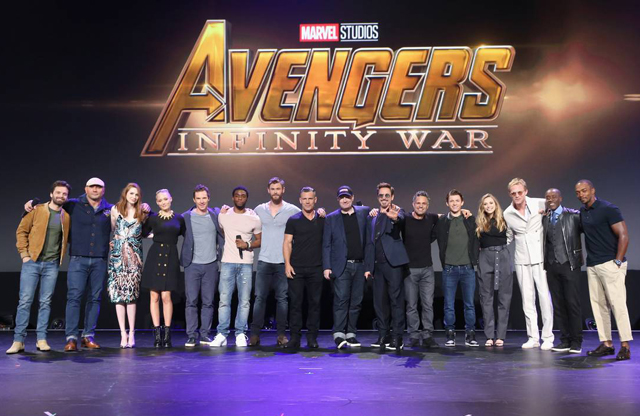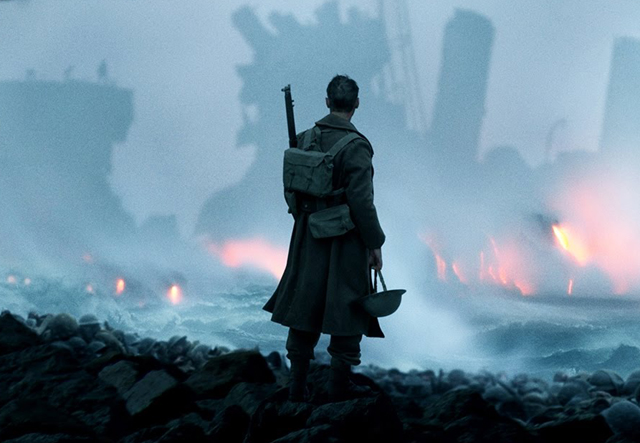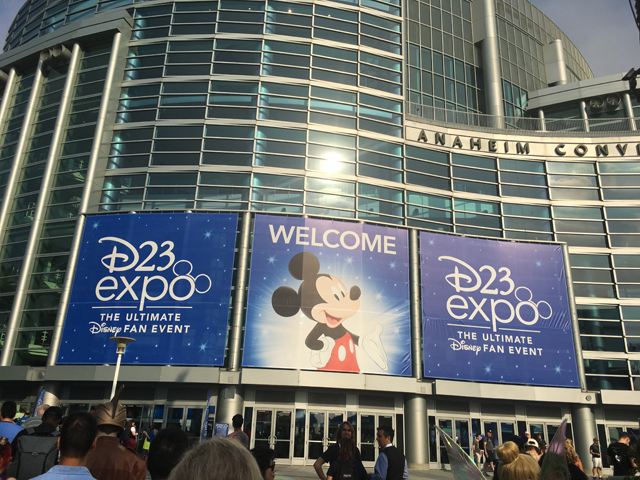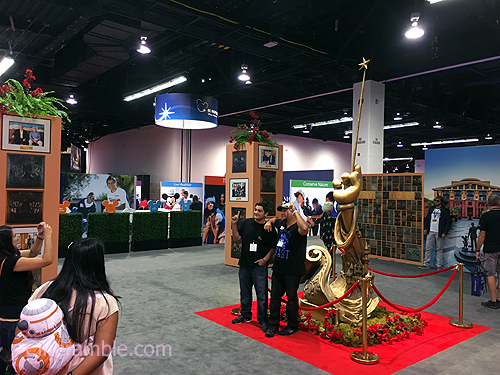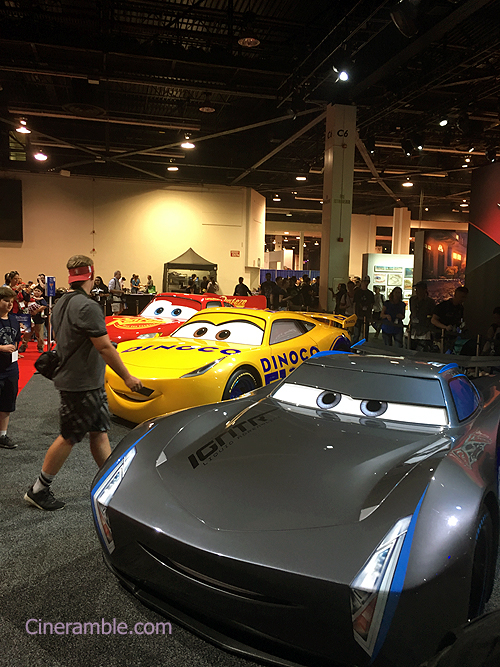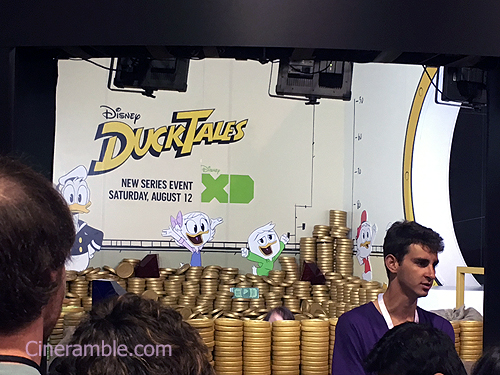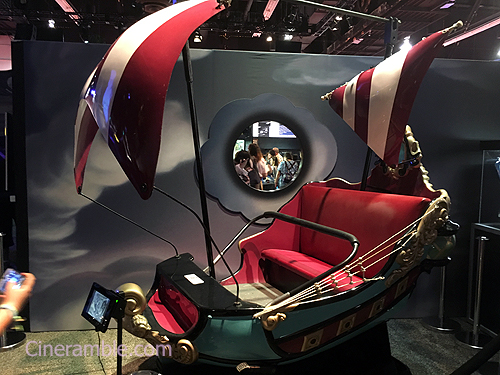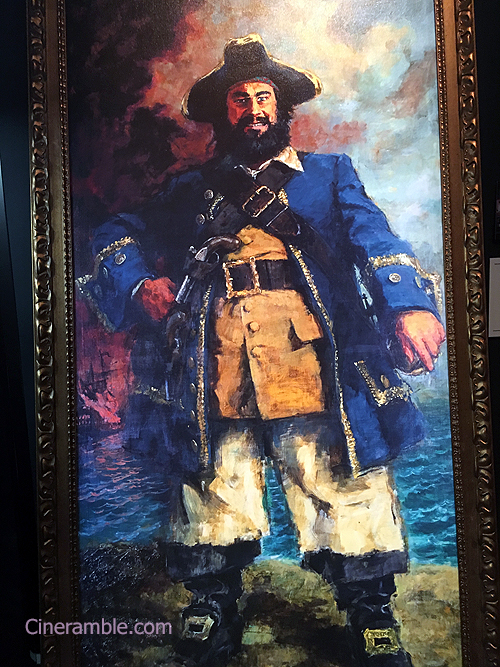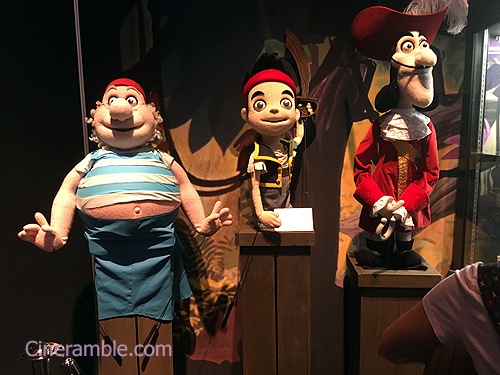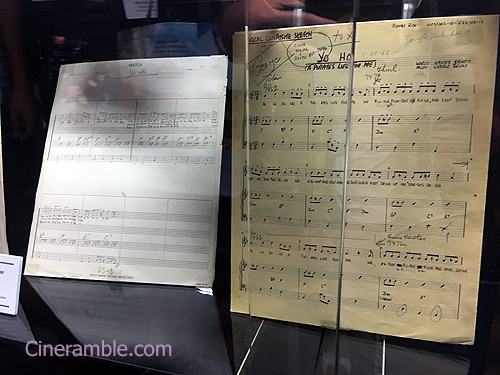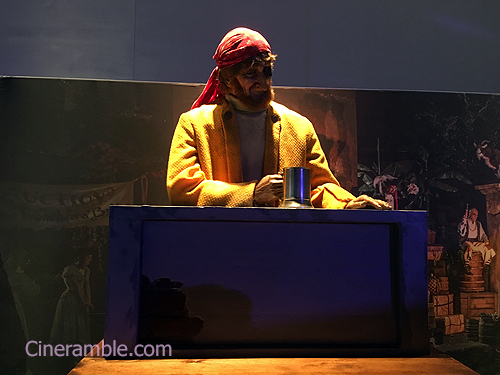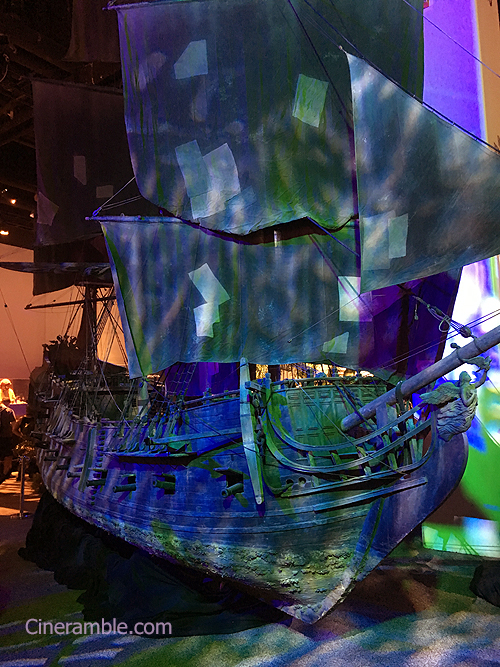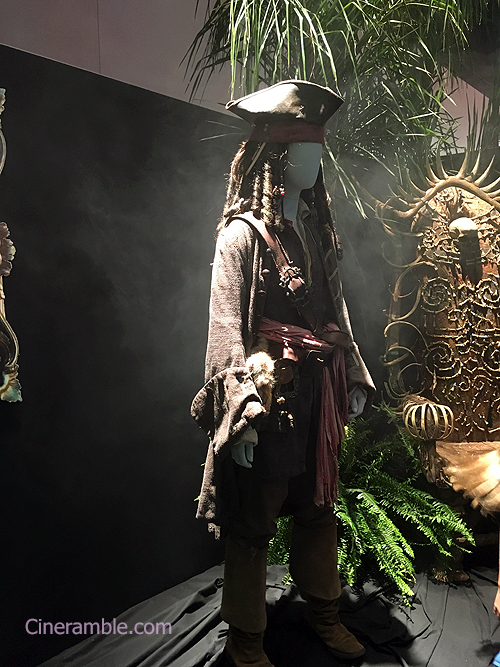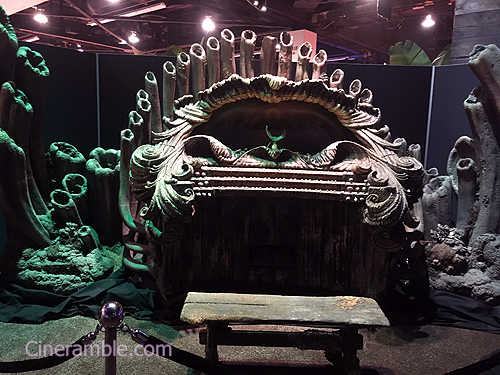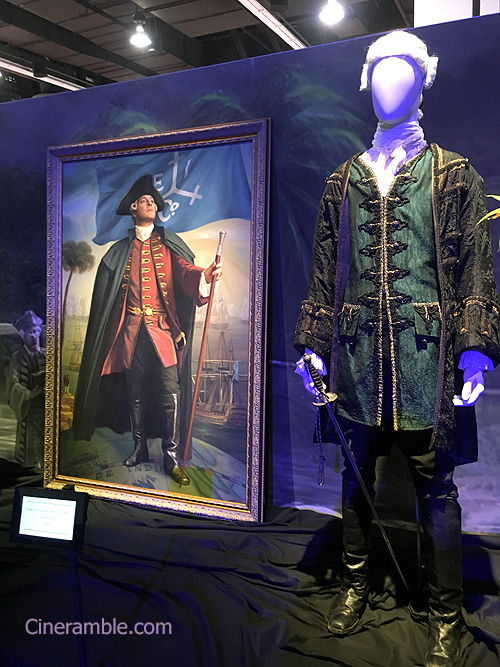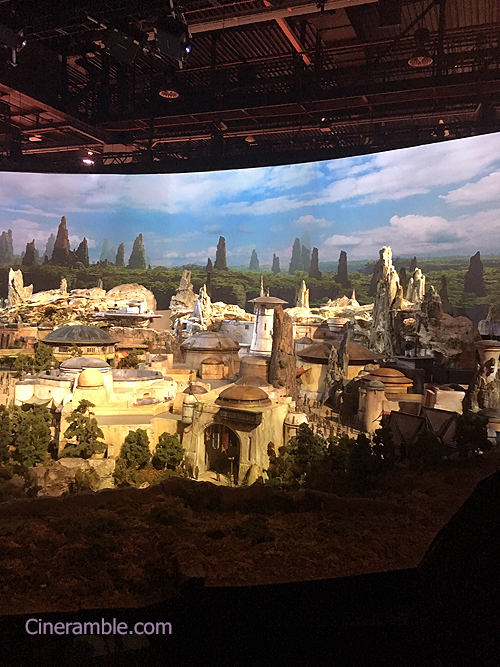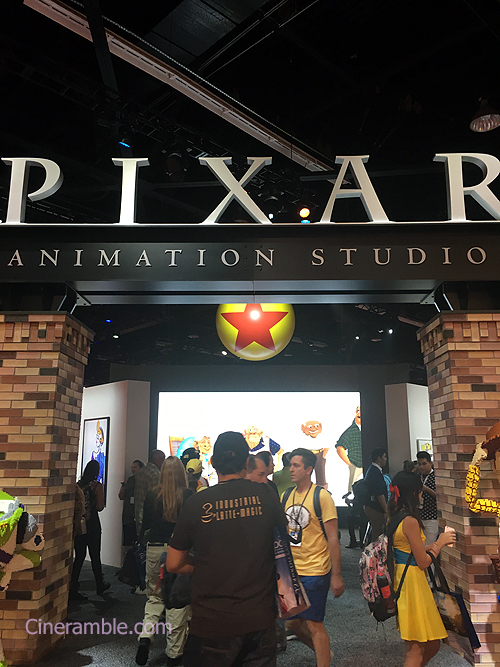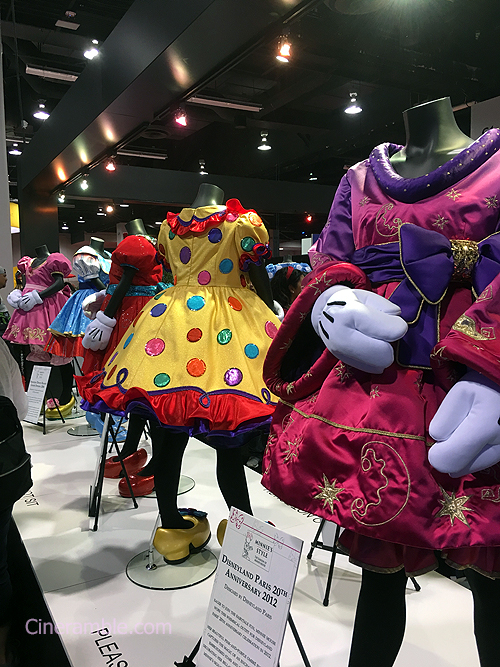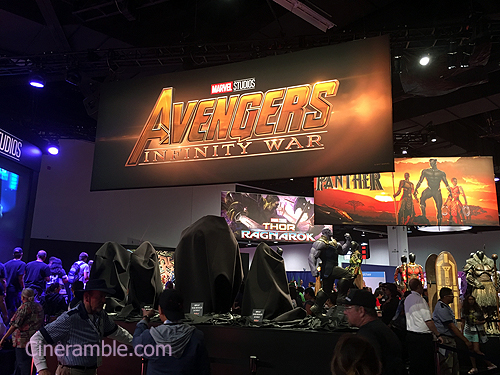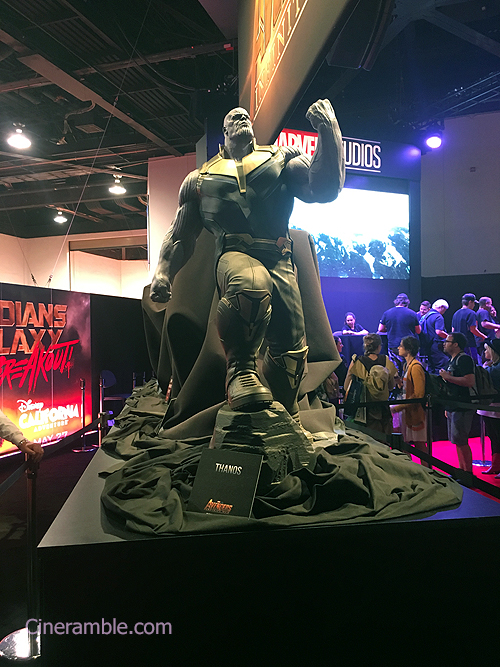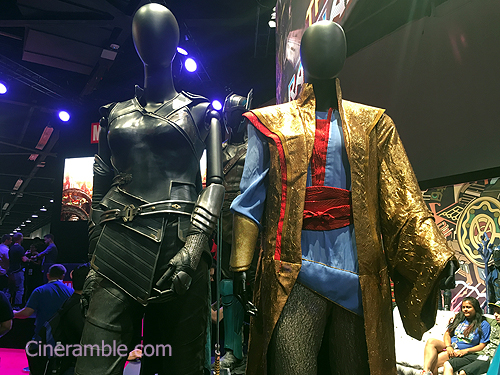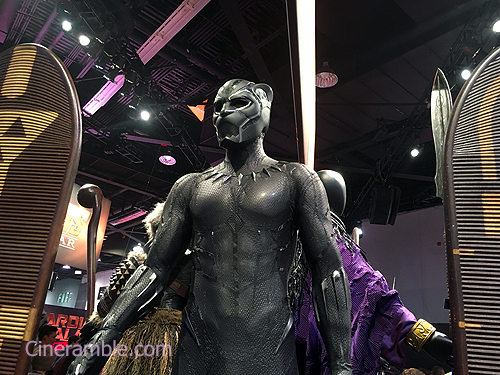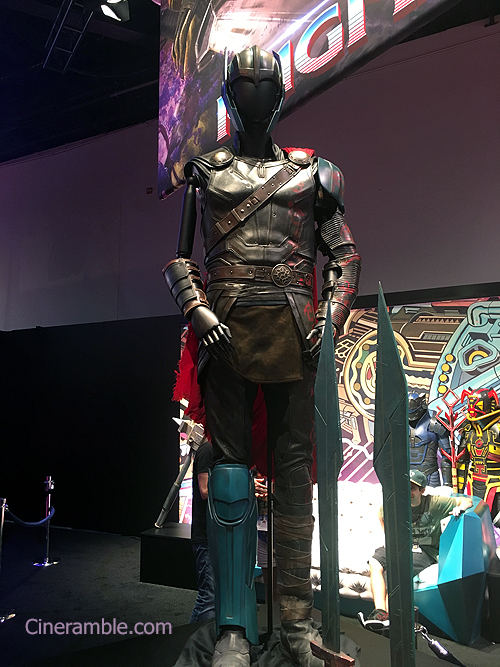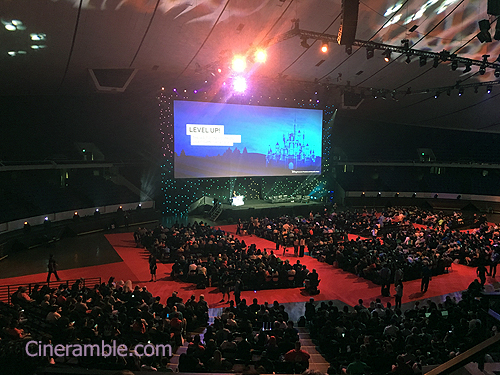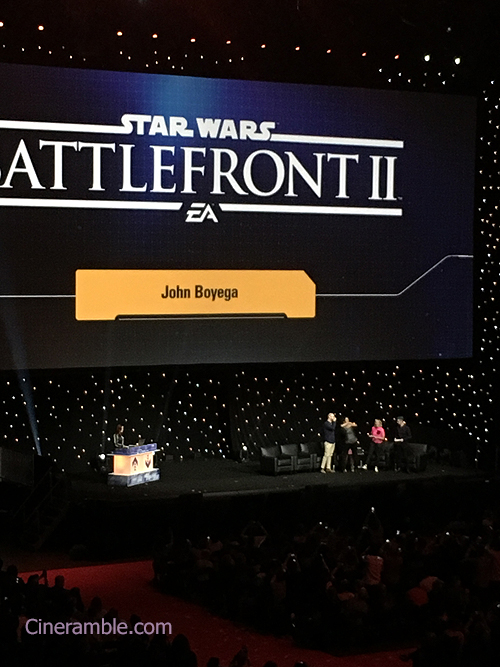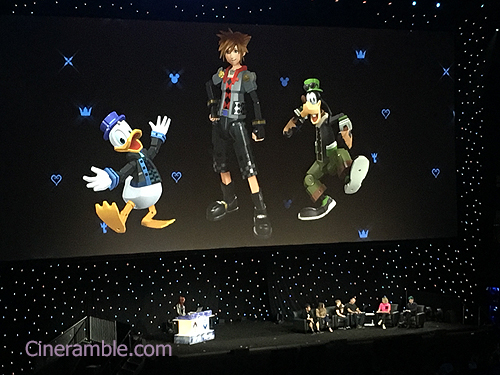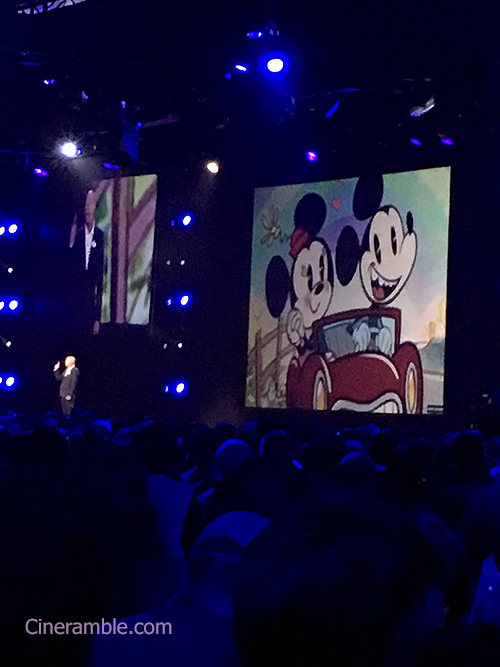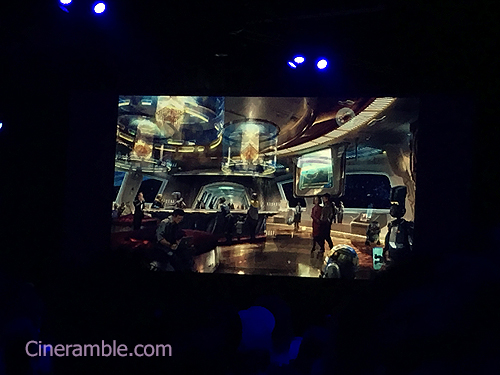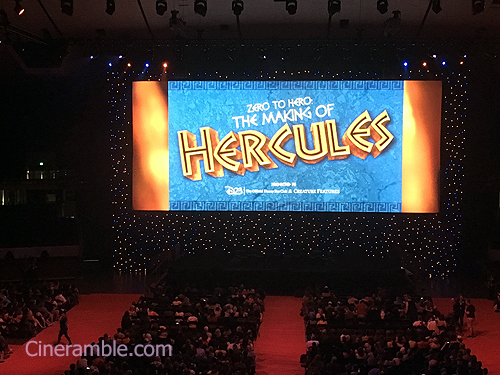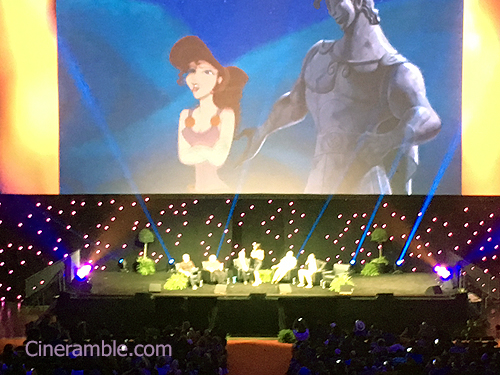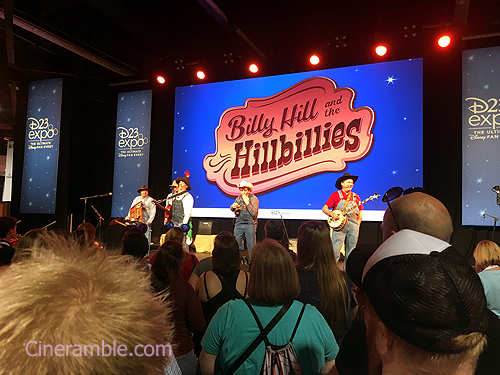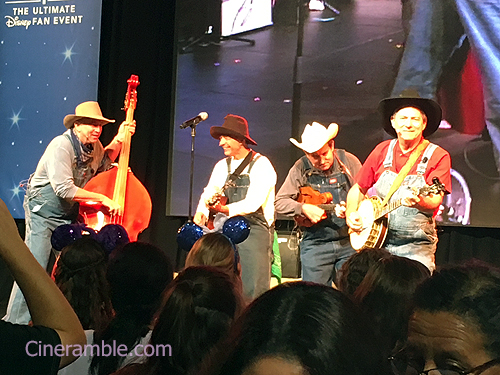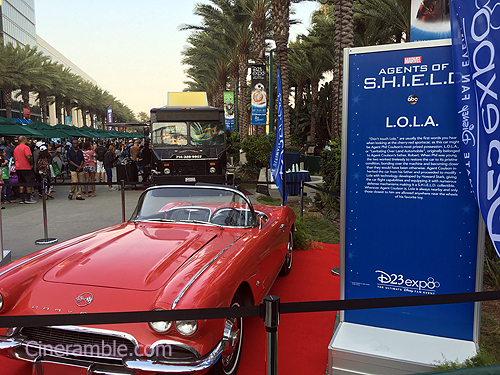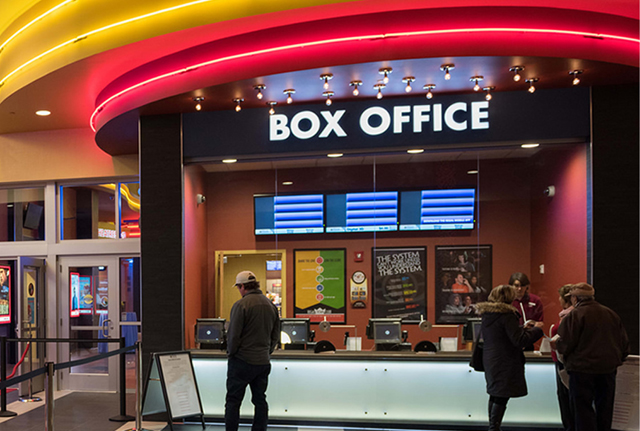
For as long as we have had cinema as an art-form, we have had the experience of watching movies. It’s very existence calls for us the audience to make ourselves comfortable and observe that art for an extended period of time, and most commonly, with other people. Cinema is a communal experience like few others, and that experience calls for the right kind of amenities to compliment it. While the mechanics of making movies has evolved over the years, so has the business of presenting film as well. After production is completed, the business of presentation takes over and within it comes a whole other field of innovations and changes. The movie theater business has a fascinating history all it’s own, and it’s one that I myself am familiar with personally. I worked for 4 1/5 years in a movie theater while putting myself through college, and it gave me a great insight into the daily functions of how a movie theater does business. The theater was Cinemark 17 in Springfield, Oregon and in those several years I worked there, I found myself working in every possible department, apart from management. I worked concessions, I cleaned up each theater as an usher, sold tickets at the box office, greeted people in the lobby as I tore their tickets, and even ran the projectors in the booth upstairs. It was a multi-faceted job that opened me up to many different skills, but what I took away most from my experience there was the insight into what made the movie-going experience special. Our job was to ensure that the audience had the best viewing experience possible and that it would ensure their repeat business in the future; a not uncommon goal for most businesses, but with the industry of film-making and presentation, it is all about ensuring that a day at the movies is the best option available to the audience.
When you look back at the history of the movie theater business, you see an industry that is constantly in change due to the changing forces of the market. In the early days, movie theaters were as essential to cinema as anything else. The only way you could watch a movie in the first couple decades was by going to your town’s local movie theater and paying for a ticket. Movies were celebrated as much as live events back in those days, and the theater business likewise treated it as such. The first theaters created specifically for film were elaborate auditoriums that mimicked the aesthetic of the great music halls of the era. These were meant to be monuments to the artistry of film, and that’s why they were often given the name, “movie palaces.” Even small town theaters aped the majesty of these early theaters, and some of those are what you still find today. Competition from television forced a change in cinema though, and thus we saw the era of gimmicks in the movie theater business. This was the era of 3-D, Widescreen, and Smell-O-Vision, as theaters were trying anything to appeal to audiences, reminding them that there were experiences still that they would only find in a movie theater. The era of the blockbuster changed cinema once again, as it became clear that single screen “movie palaces” were not enough to contain the growing business of Hollywood. So, the multiplex came into existence; one singular building containing multiple screens which could show several movies all at one time. For a while, multiplexes were able to sustain audience interest in a televised world, but as technology changed, so would the theater business. Now, in our digital internet driven world, cinema faces a new challenge; streaming services. The rise of Netfilx, Amazon, and Hulu has changed Hollywood once again, and we find cinema in a new quandary about what they should do next.
It’s not a problem so much for Hollywood, since they have new avenues opened up to show more of their product. But, for the theater business, it’s becoming a serious issue. Home entertainment has become more and more sophisticated in recent years, and now poses a serious threat to the survival of the cineplex theater model in the process. When a movie has a day one release in both theaters and on streaming services simultaneously, which do you think most people would choose? Movie theaters charge you an arm and a leg for snacks at their concessions, while at home, you are only footsteps away from your fridge. You can pause the film while you take a break to use the restroom and not miss anything important. High Definition projectors are also becoming more affordable for home theaters, and can give the viewer even more of the cinematic experience right from the comfort of their own living room. Which raises the question even more now; why go out to the movies at all? For a long time, movie theaters could deal with that question by emphasizing the grandeur of their amenities, the exclusivity of their presentations, and the value of what you were getting. But now, the streaming market has put more of the choice into the hands of the viewer and they are backing up their appeal with exclusives of their own. Some filmmakers are embracing streaming, because it gives them more creative freedom to create the films that they want to make, feeling less pressure to deliver a product that appeals to a broader theater going public. Netflix and Amazon in particular are trying to outdo one another in their big name exclusives, with filmmakers like Martin Scorsese, Woody Allen, and the Coen Brothers all bringing their next projects exclusively to streaming. There are purists for the theater experience, like Christopher Nolan, James Cameron, and Quentin Tarantino, but even with their best efforts, they still aren’t able to redirect the tide.
Even still, they do make a good point. There really is no substitute to the movie theater experience. Home viewing has it’s benefits, and is understandably the preferred choice for some. But, I personally feel that watching a movie in a theater with an auditorium full of other viewers is still the optimal way to watch a movie. There is just something about the communal experience of it that makes going to the movies worth it in the end. Maybe I’m biased because of my many years working in a movie theater, but even several years removed from that job now, I still prefer going out and watching a movie in a theater over watching it first on television. There’s just something about experiencing the same movie with a room full of complete strangers and witnessing their own varied emotions as they react to the same thing that I’m watching with them. In many ways, it does leave a different reaction on me as I leave after watching a movie. Seeing a crowd laugh hysterically all at once to a hilarious bit, or jump out of their seat at a well timed jump scare has it’s own level of entertainment that can’t be underestimated. Even overhearing an audience’s opinion of a movie, whether positive or negative, offers an extra level to the experience. I remember staying through the credits of 2015’s awful Fantastic Four reboot and remembering 20 random people in the audience all booing the screen at once. That’s something that you won’t get at home, unless you can make yourself yell as loud as 20 people. For me, the audience experience is what makes going to the movie theater special, but even without an audience, the thrill of seeing a movie projected on the biggest screen possible is still an ideal as well. But, it’s not enough for some people who just want to relax and have the comforts of home available to them, as well as the ability to have entertainment available at their own convenience.
As a person who understands a little bit about the business of showcasing film and operating a theater, I believe that it is worth sharing some pointers about how to find the theater experience that is right for you. First, you have to take into account the options within your area. Growing up in a small Oregon college town, I had more limited options than say a big city would. During my childhood, there were three medium sized theaters and a classic movie palace in my hometown. That number has decreased down to the two available today, but both modern theaters are equipped with more screens in total. There was also a rise in art cinemas over those years, which brought the option of independent, alternative cinema to my hometown. So with all these choices, my decisions of where to watch a movie were based on location, availability and variety. The theater in my part of town unfortunately closed in the year 2000, as well as the last remaining movie palace, but the multiplexes made up for the loss with their updated amenities. Over time, I valued the more advanced amenities than anything else, because I wanted the best possible presentation for my movie-going experience. The Cinemark 17 theater had the biggest screens, stadium seating, and state-of-the-art sound and projection, making it my preferred theater, and just by chance, it would end up being my workplace as well. Living in a bigger city, you might have multiple theaters that offer the same amenities, so at that point, your choices might be limited to how close it is to your home. Some smaller towns might only have one single theater, which limits the choices even further, and makes streaming services a more viable option for those who want more variety. I was fortunate to live in a place that had variety but also clear cut choices, which made it easier to find my ideal theater; but not all places are going to make that choice easy, so then you have to take other things into consideration.
One thing to look at is what your local theater provides. For someone who wants to watch a blockbuster on the biggest screen possible, seeking out a large multiplex becomes the ideal option. Thanks to the recent successes of The Dark Knight (2008) and Avatar (2009), gimmicks like IMAX film and 3D projection have proliferated to reach a much bigger audience in more venues across the country. Once the market sees the value of such gimmicks as part of the experience, they are more ready to invest more fully in it, and that’s why you see IMAX and 3D in more markets today. But even with wider availability, there are some elements of these that prove to be more exclusive than others. While you find IMAX most everywhere nowadays, insiders will tell you that it’s not a true IMAX experience until you find the right theater. Most multiplexes today just have retrofitted an IMAX projector and screen into their normal size theater, which kind of hampers the experience. True IMAX is presented on 100 ft. screens in select theaters across the country, and these are the only ones that are specially equipped to run true 70 millimeter IMAX, which is the best quality picture that you’ll find for the format. This is the film process that directors like Christopher Nolan and the like are fond of, and prefer to have their films presented in. It does limit the availability however, making it so that some film purists will have to travel out of their area to find the right kind of presentation. Living now in LA, I can tell you that I don’t have a problem with finding theaters with special gimmicks such as this. In fact, Los Angeles seems to be the testing ground for all the technological advancements that theaters are trying to make work for a national audience. Here, in addition to true IMAX, you’ve got the advances of Dolby Atmos sound in theaters, as well as 4DX presentations, where the very seats you are in move and enhance the feeling of immersion into the theater. Not all of it will cross over, but it’s interesting to see the theater industry try to figure out ways to make the theater experience even more special.
Outside of Los Angeles, there are other innovations that are making the theater-going experience something worthwhile. In Texas, the Alamo Drafthouse theater chain has revolutionized the concept of Dine-In theaters. There they do away with the original concession stand element of a movie theater, and replace it with full service dining while watching your film. The Drafthouse business plan has become a favorite with Gen X and Millennial audiences who want a more of a hip vibe to their movie-going experience, and it is beginning to catch on across the country, including here in LA. Apart from that, you see small innovations in local art house cinemas across the country. Art cinemas bring character to the film-going experience, not only giving you a look at first run movies, but also immersing yourself into one of a kind experiences based on where you are seeing the movie. Sometimes you’ll be watching a movie in a theater that’s been unchanged since the dawn of cinema itself, making it feel like you’ve wandered into a time capsule. Other theaters are built into unusual places like defunct old schools, churches, factories, or a small little office space. Despite the peculiarity of some theaters, it nevertheless makes the theater going experience feel unique, and independent theaters often bring that feeling much closer to home. In many ways, the relics of the past actually gives the viewer much more of a kinship to the cinematic experience because it remind them of a time when going to the movies was a special event. And if they aren’t a holdover from the past, new age art cinemas can draw in audiences by offering the things that other theaters won’t, like unique cuisine and house brewed beverages that you can only find there in the theater. If anything, it’s that diversion from the norm that helps to brings repeat business back to these theaters.
The only downside of trying to compete with home entertainment is the the theater industry’s belief that they have to conform to it. On a recent trip back home to my old theater, Cinemark 17, I noticed that they went through a massive new renovation. Each theater is now equipped with leather back recliners and has fewer seats than before to accommodate the extra leg room for each customer, with giant walls blocking view of the rows in front of view, leaving only the screen visible. While it does make the experience more comfortable for the viewer, I was troubled by the walls that closed off each row. To me, it robs the theater of that unique audience experience that I enjoyed. Sure, this is more ideal for the viewer who wants more privacy and something closer to their viewing experience at home, and I understand my old theater’s desire to adapt to that audience accommodation. But it’s not my ideal viewing experience. This was the point that I realized that my old theater was not my ideal theater anymore. It changed with the times and became something else. I still will go to movies there, but it’s just not the same. Living in Los Angeles now, I do have variety to fill that need, but if I were still living in a small town, this might be a more troubling change overall. For me, a movie theater is more than just a place to relax while watching a movie. It’s about sharing that experience with others. With streaming services competing for exclusive content in the marketplace, I feel that the answer for the theater industry is to not comply and make their theaters more like a home, but more like a palace. Essentially, I want everyone to experience a movie for the first time in the most spectacular way possible and that’s by getting off the couch and joining hundreds of other in the shared majesty that is cinema. Bigger screens, elaborate amenities, and even a clever gimmick or special treat to enhance the flavor of the moment. Going to the movies has always been a special thing in my life, and my hope is that all of you can find that special experience too, no matter where you are.
